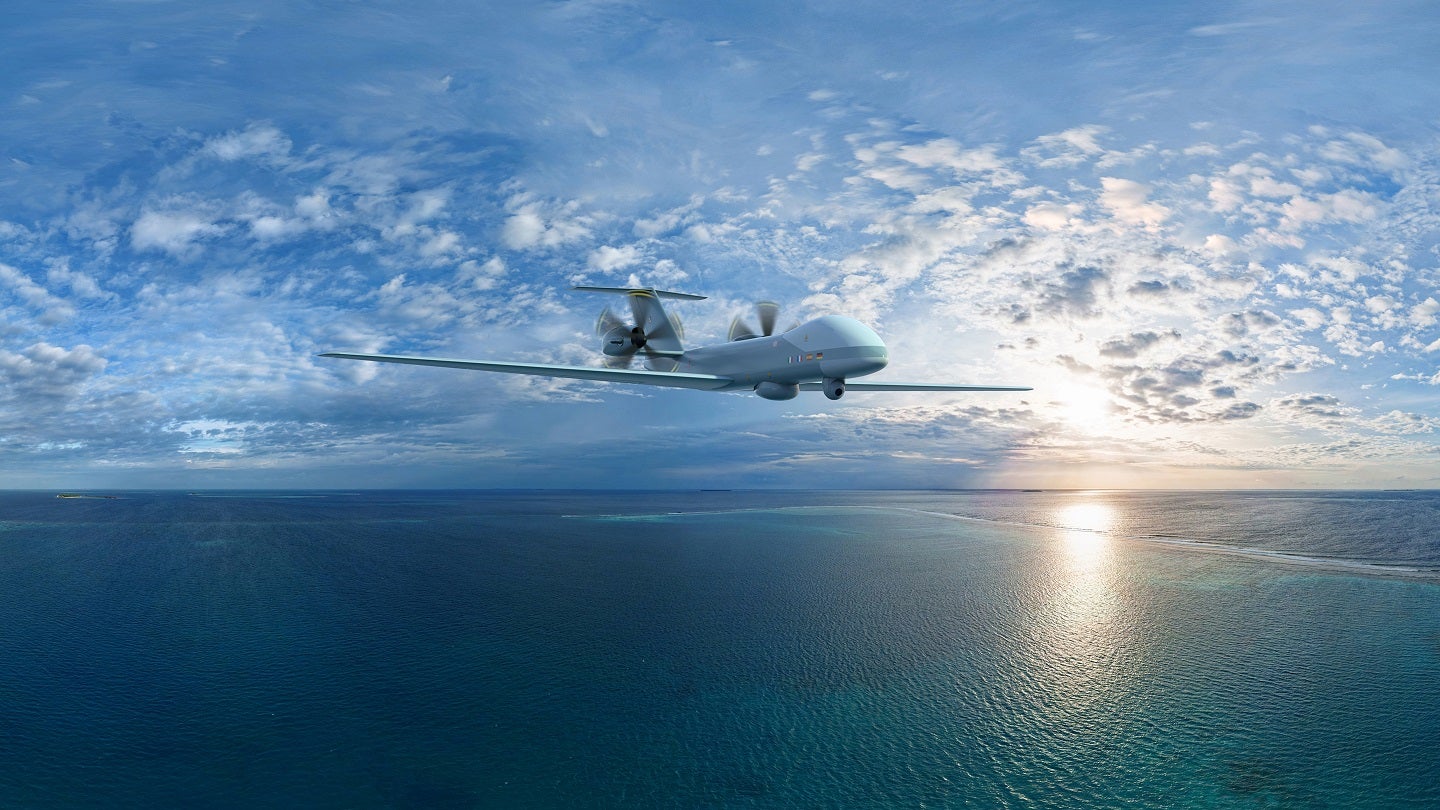
Leonardo secured two contracts on 19 June that will consolidate its intelligence, surveillance and reconnaissance (ISR) technology, particularly radar, in the global defence market.
The first contract was made with Nato, which procured a RAT 31 air defence system to be operated by the German Air Force; while the second was made with the Organisation for Joint Armament Co-operation (OCCAR) for the Eurodrone’s airborne mission system (AMS) – a project being developed by four countries.
Both systems make use of Leonardo’s ISR technologies, particularly radar, in order to maintain situational awareness across land, air and sea and using data collected for command and control.
Germany’s new RAT 31 is an L-band solid-state three-dimensional surveillancae radar that is designed to protect large portions of territory due to its wide range. The sensor is part of a family of long-range systems with surveillance, air defence and missile capabilities.
The system can adapt to the challenges posed by a broad range of operational scenarios, including jamming and heavy clutter simultaneously. The technology is survivable – meaning that even ifsome modules fail, the radar sustains its overall performance.
Leonardo has sold more than 70 RAT 31 systems in 18 countries worldwide; Nato states that the radar is the alliance’s primary air defence sensor as its architecture meets its standards, enabling full interoperability in multinational missions.
Similarly, Leonardo will be develop the AMS for the Eurodrone, the medium altitude long endurance (MALE) remotely piloted aircraft. The uncrewed aerial vehicle (UAV) will strengthen Europe’s strategic defence autonomy with independent oeprational systems.
The UAV’s AMS incorporates a suite of sensors, including radar and multi purpose mission computer (MPMC). Within the programme, worth a total of €7bn ($7.6bn), Leonardo is playing a key role through an industrial workshare regarding the on-board electronics and aerostructures components.
The AMS’ sensor suite will allow the Eurodrone to perform ISR missions at land and sea, collecting and itnegrating data from various on-board sensors – even in critical operational conditions – while also recording and sending it to the ground station and co-operating units to provide a complete tactical picture.
Radar technology
According to GlobalData intelligence, the Global Military Radar Market is anticipated to register a compound annual growth rate of 2.4%, growing from $10.2bn in 2022 to $12.9bn by 2032.
The cumulative market for global expenditure on military radar is valued at $134.3bn over the forecast period.
The market consists of three categories: air, land and maritime radar. The market is expected to be dominated by air, which accounts for 45% of the market, followed by the land segment with 32.1% share.
Among geographic segments, North America is projected to dominate the sector with a share of 41.4%, followed by Asia-Pacific and Europe, with shares of 24.1% and 22%, respectively.



